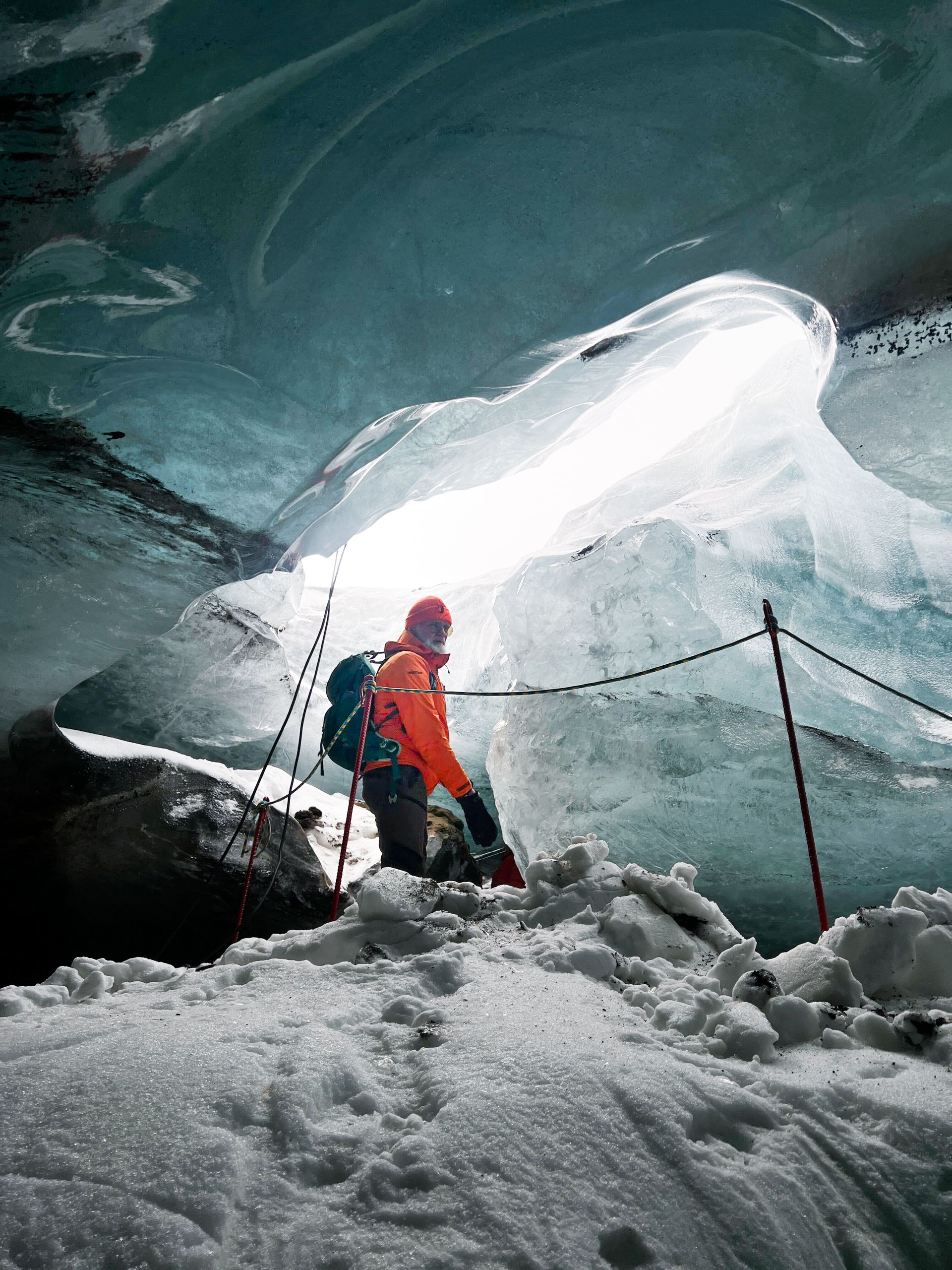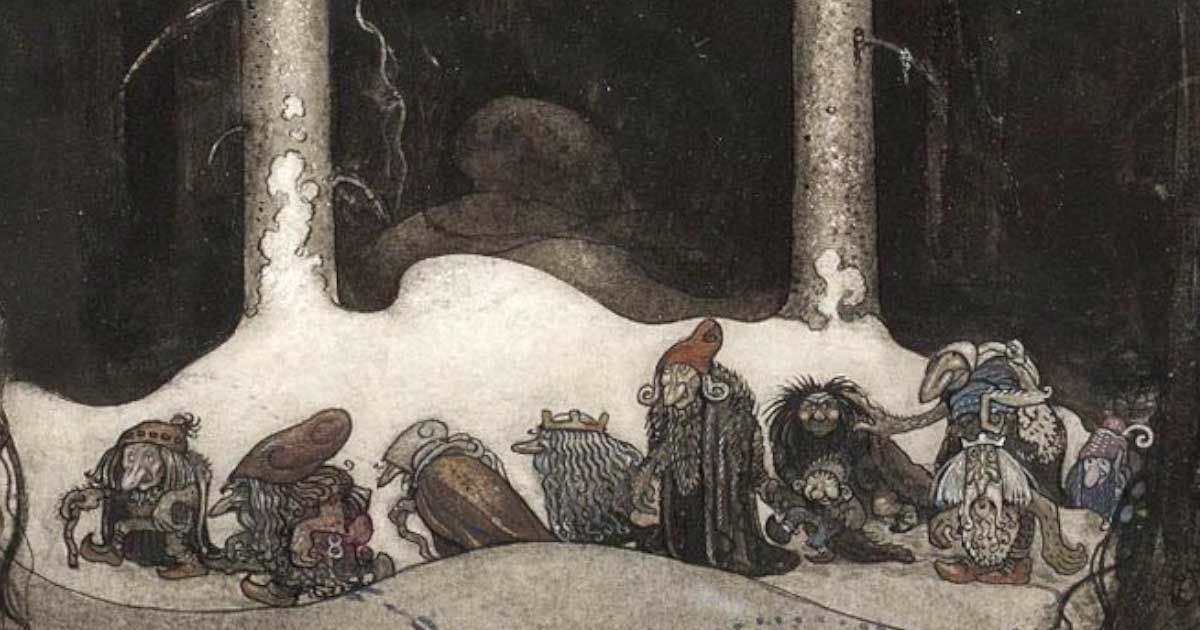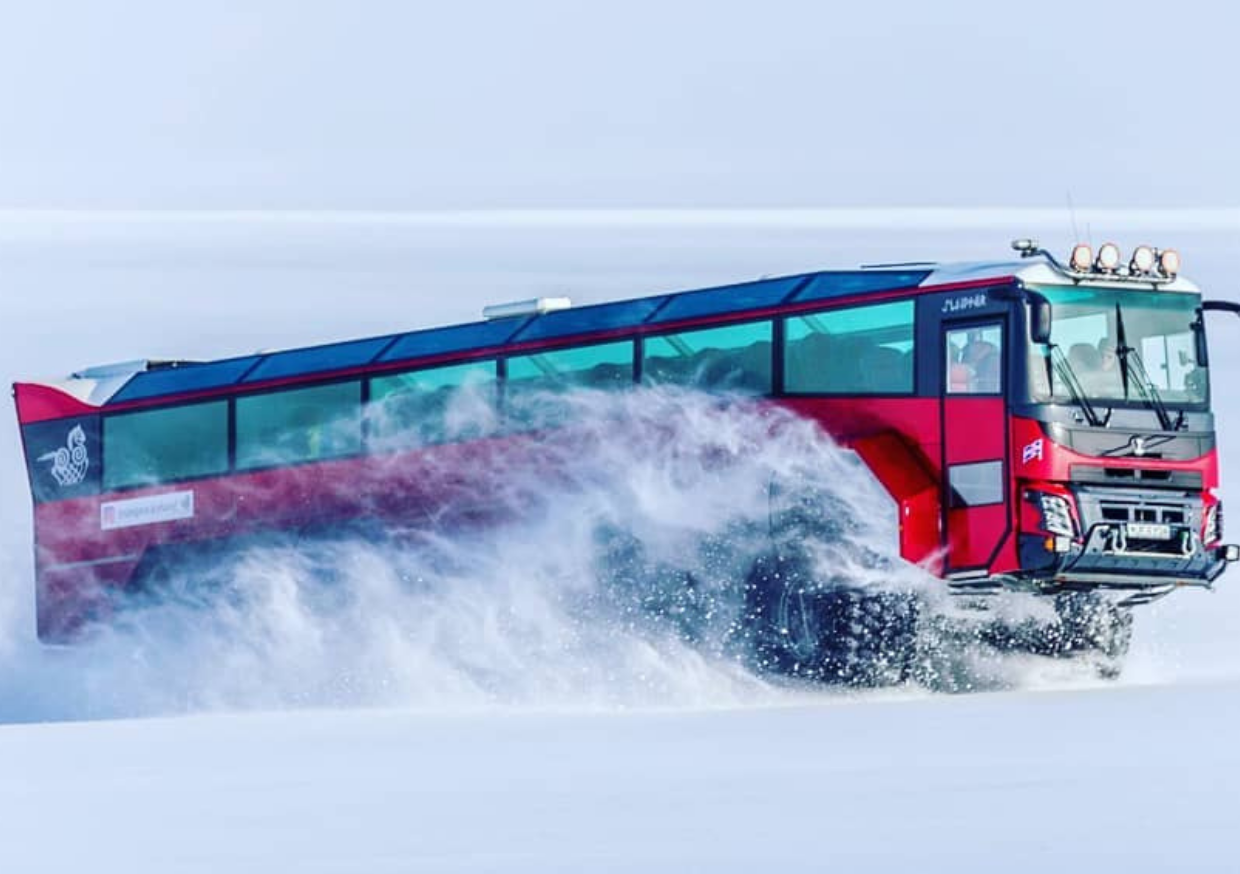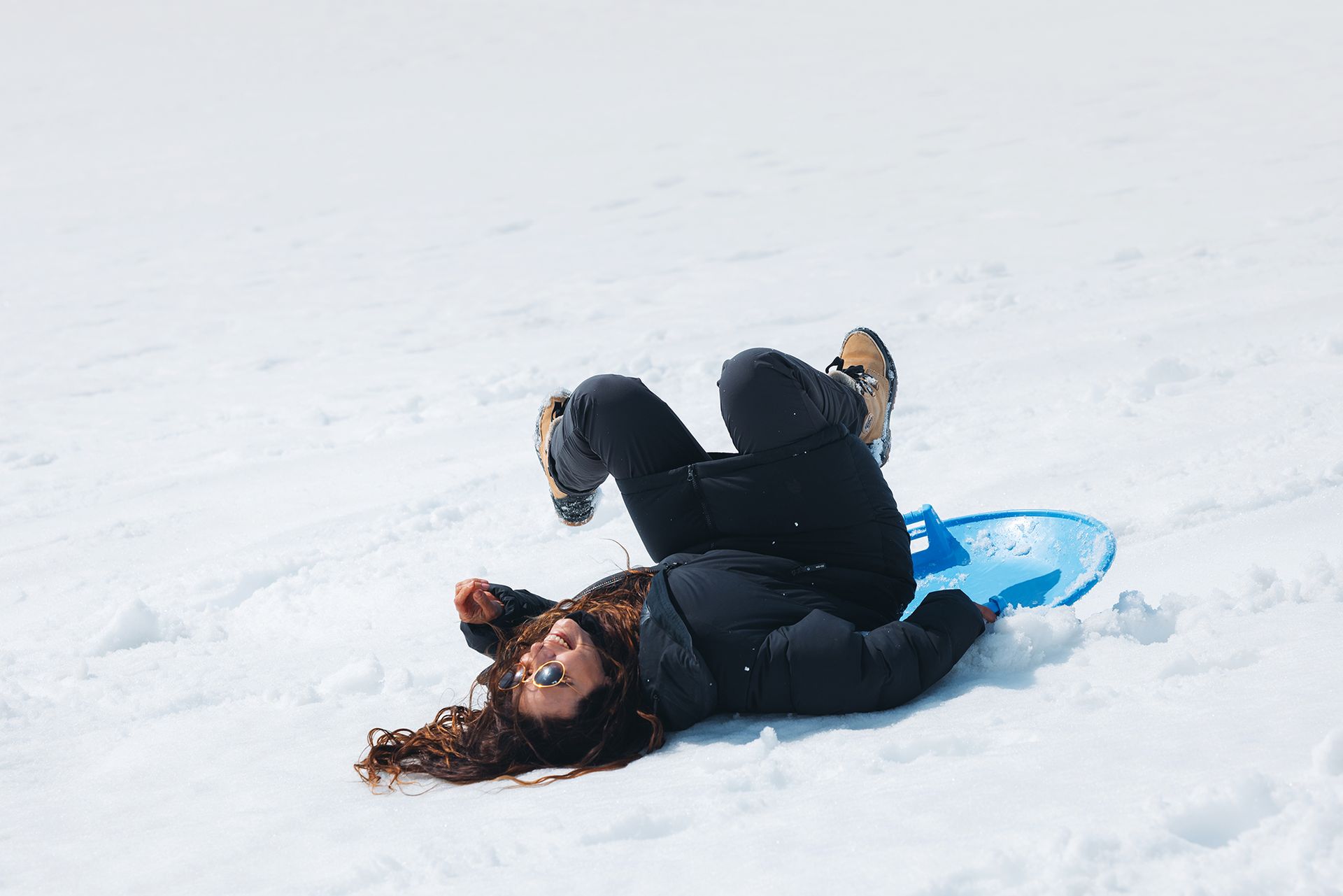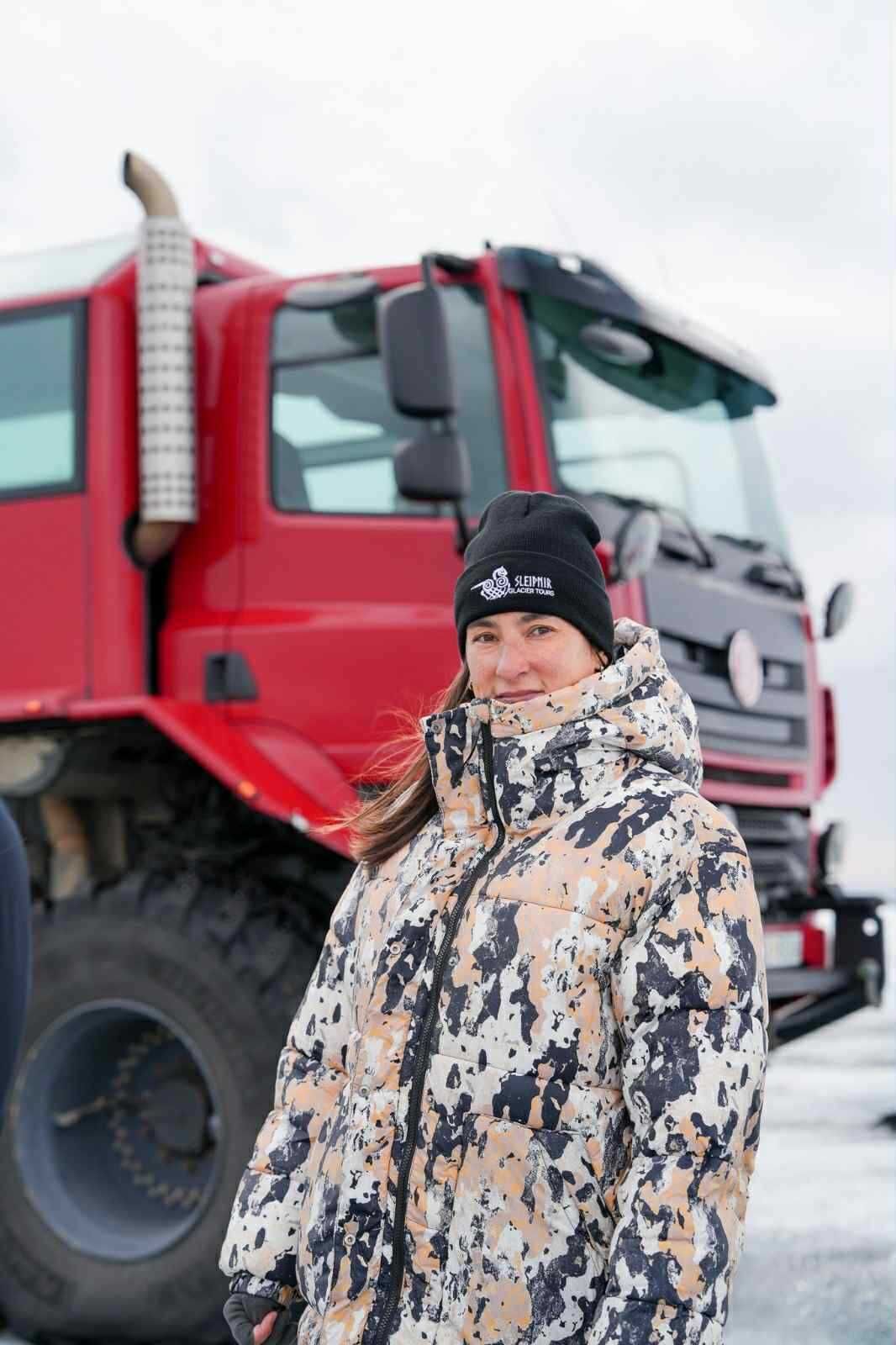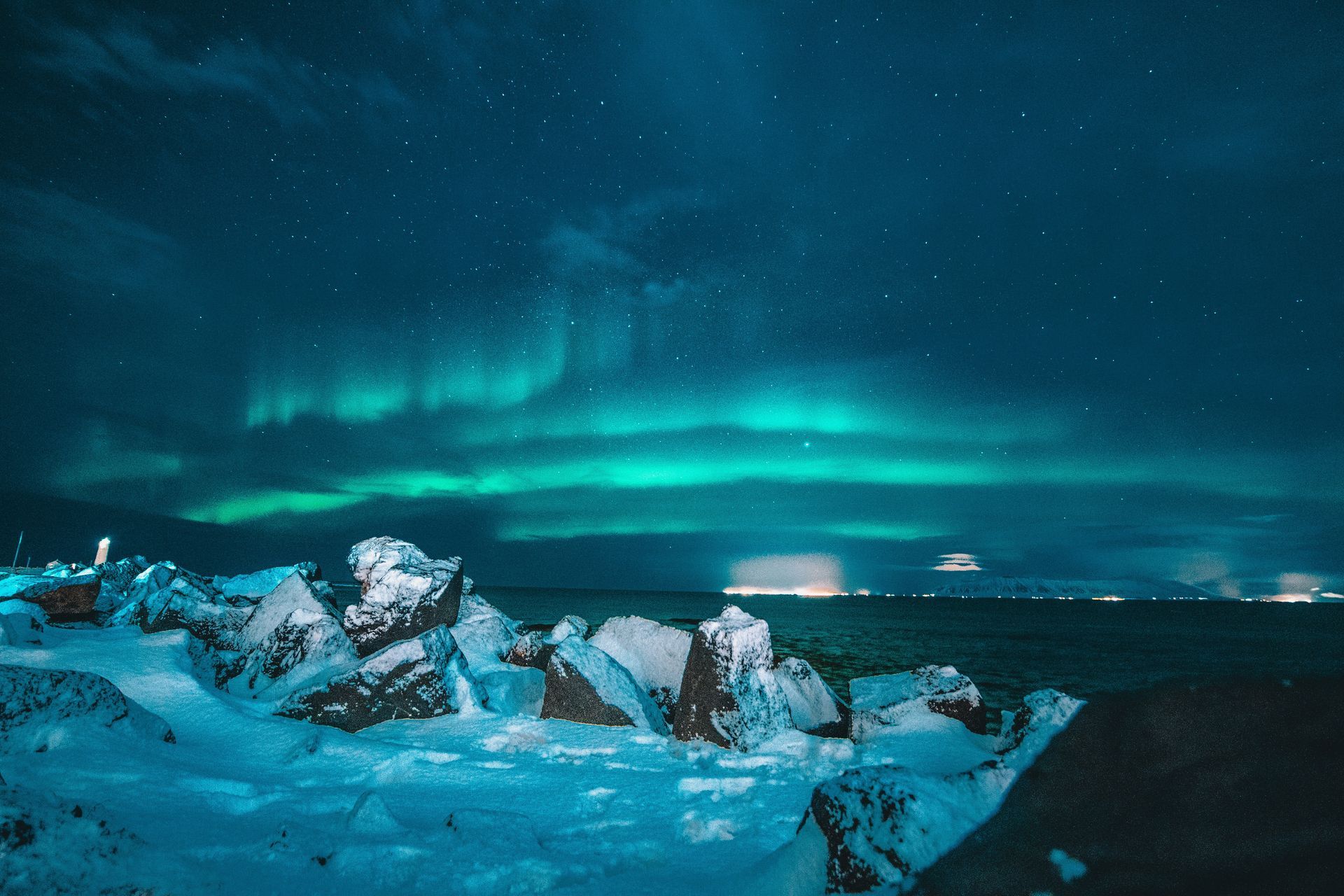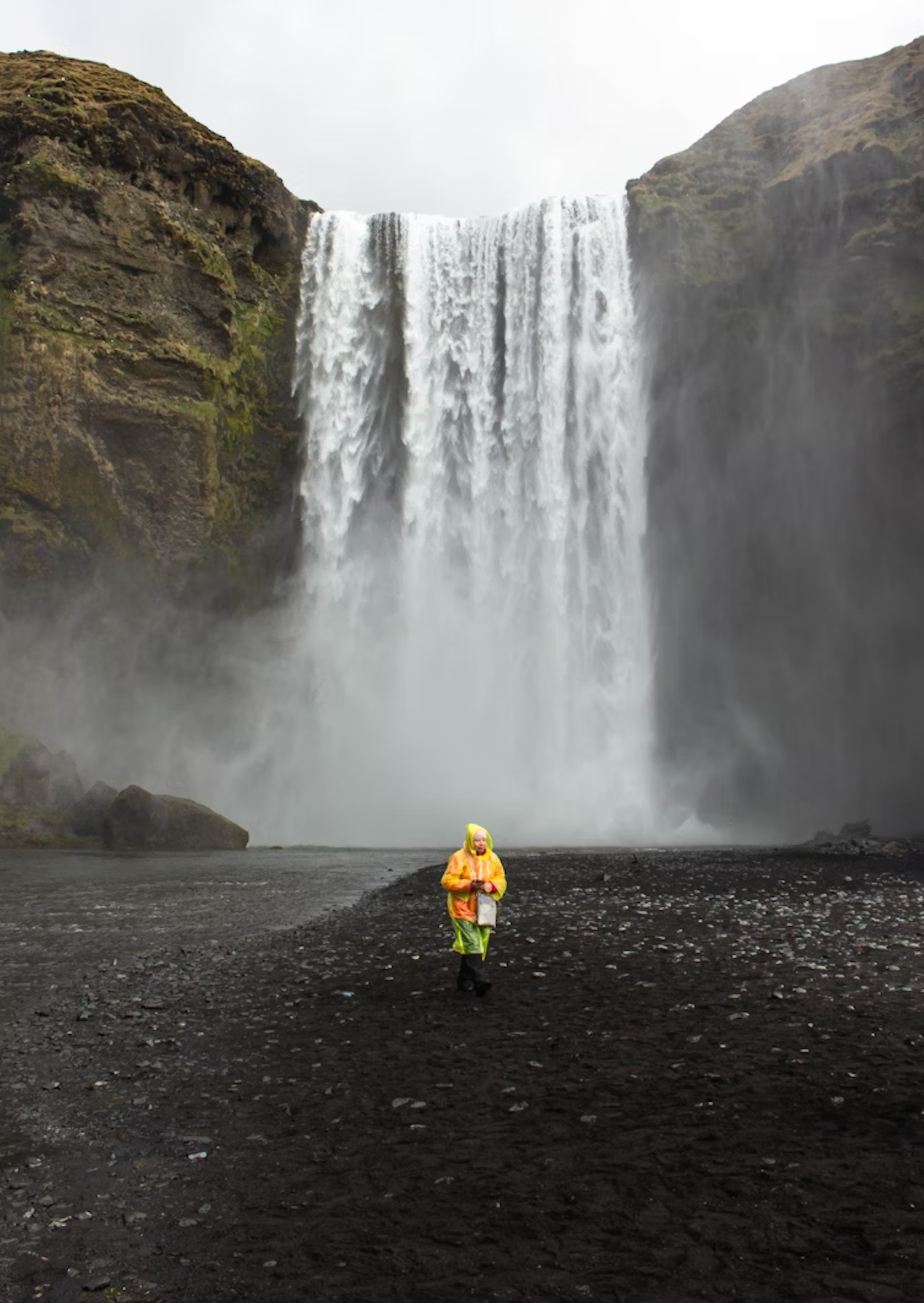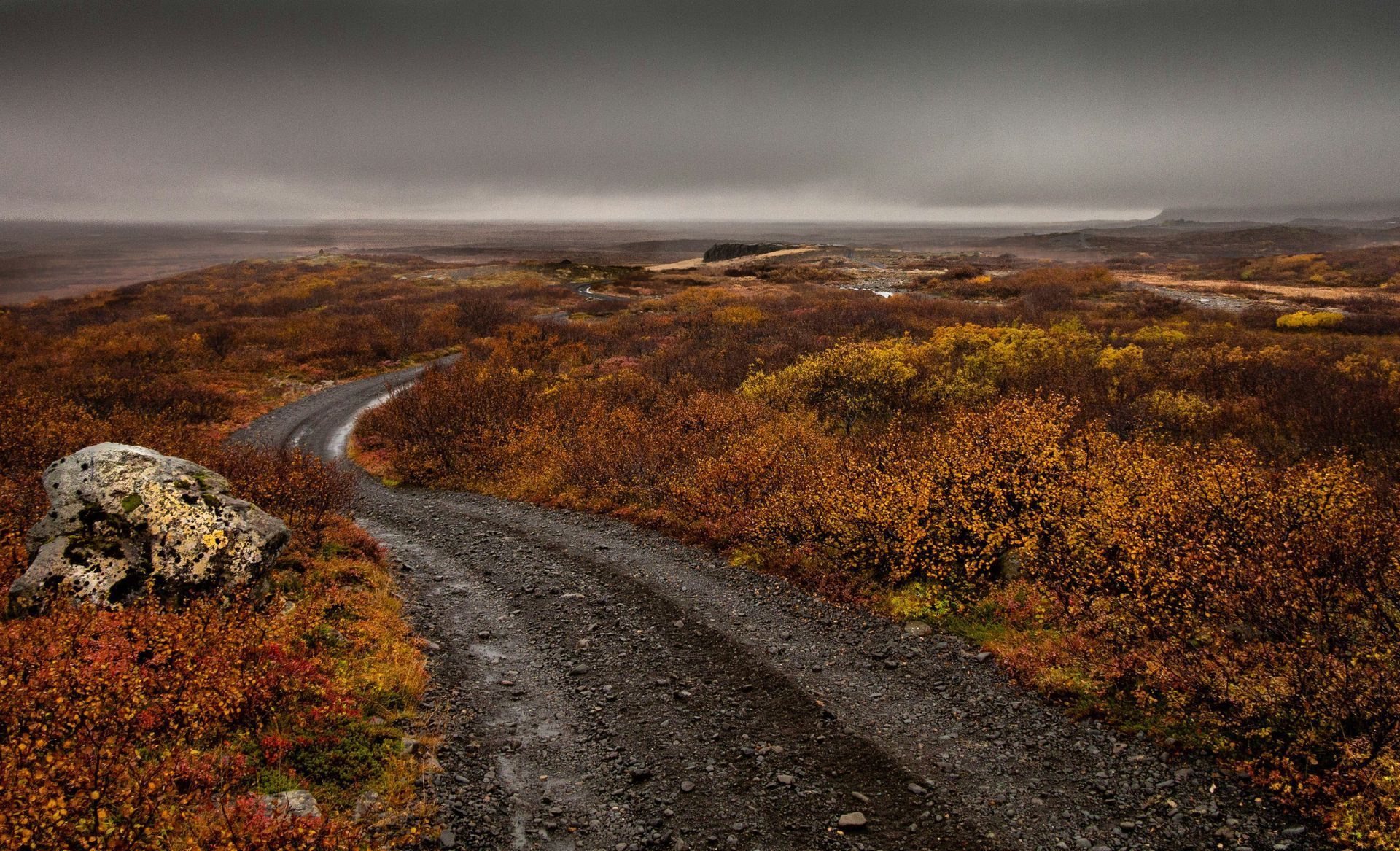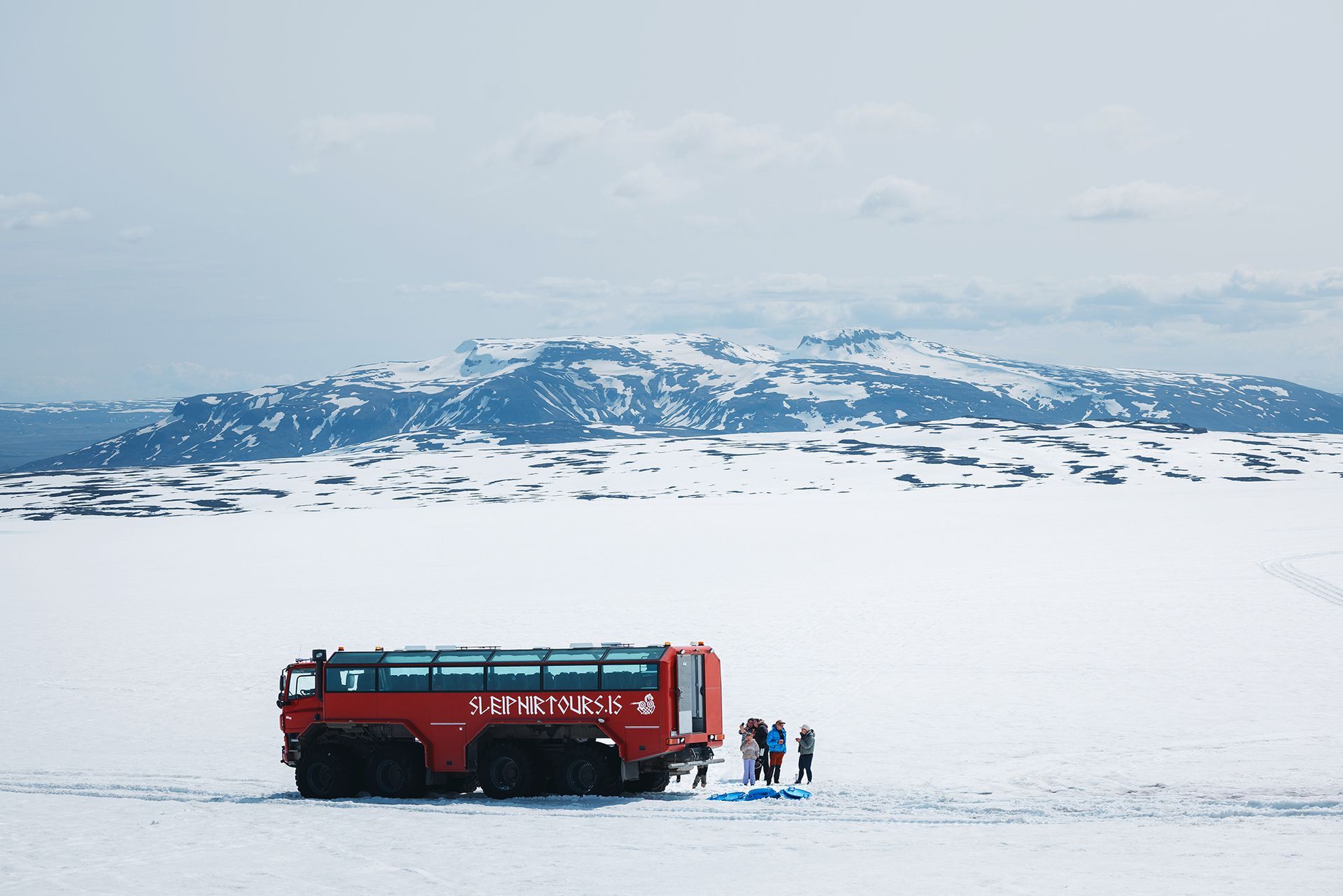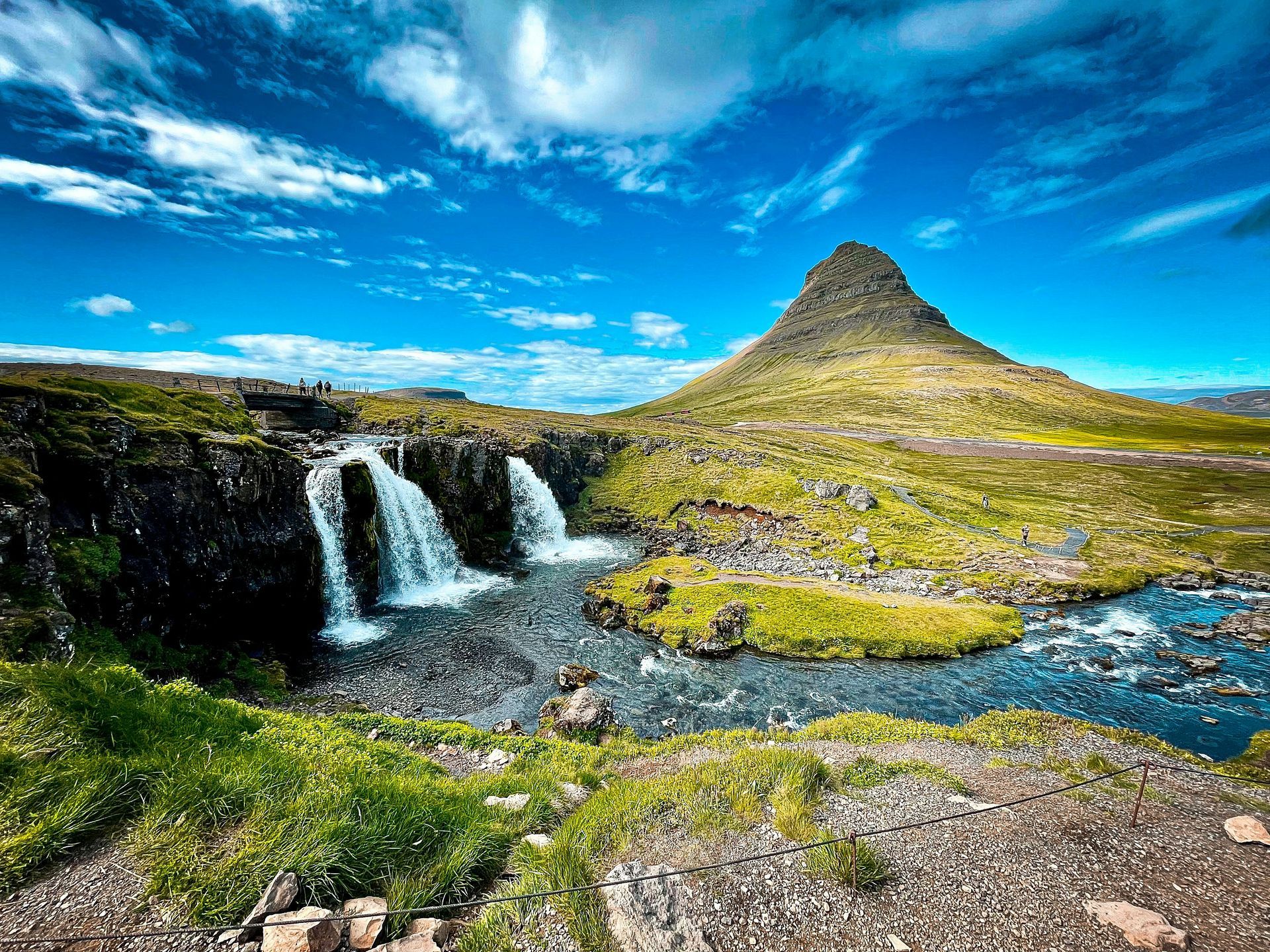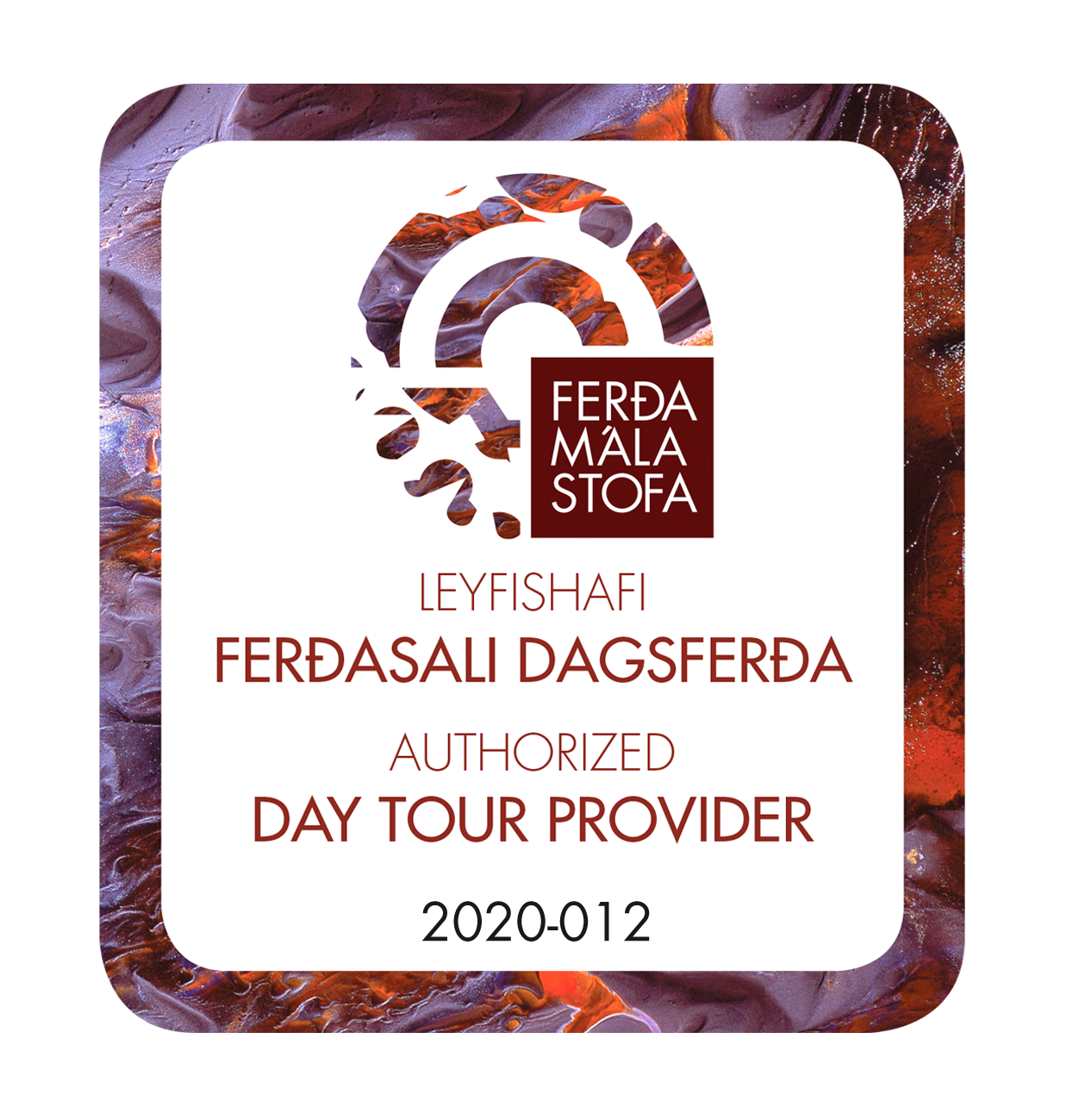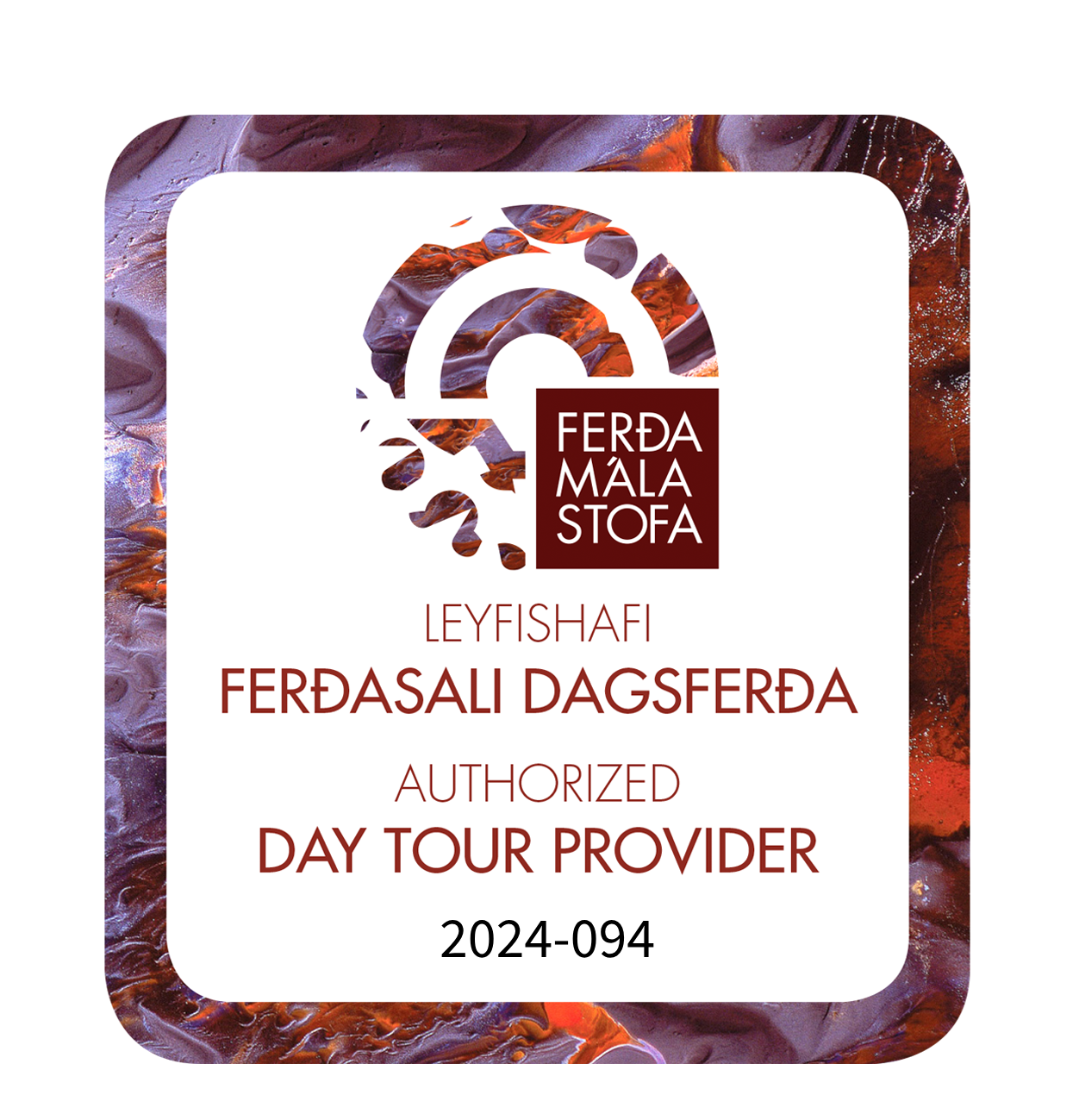What Icelanders Pack for a Day in the Highlands (And What You Probably Forgot)
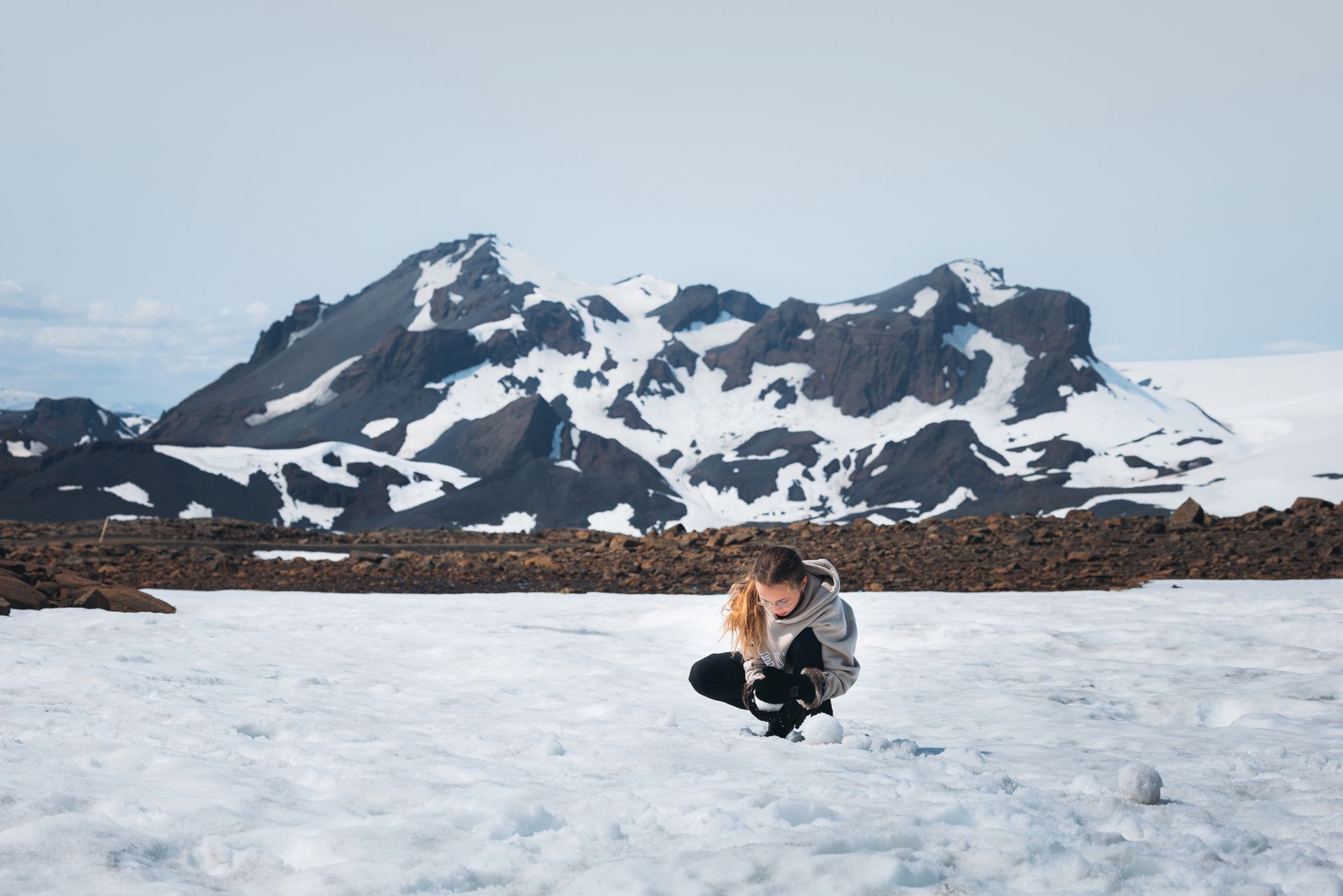
There’s a quiet art to packing for a day in the Icelandic Highlands. Most locals don’t overthink it—we’ve just learned the hard way. We’ve been caught in sideways rain in July, sunburned in September, and snowed on in August. So if you’re planning to hop in a monster truck and head toward Langjökull or the wild interior, here’s a peek into what Icelanders actually bring along—and what tourists usually wish they had.
Layers. Always layers.
Forget about dressing for a season. In the Highlands, you dress for every season. Most of us throw on a decent base layer (no cotton), a fleece or wool mid-layer, and a waterproof shell. We’re not trying to look cute—we’re trying not to freeze while looking at a glacier and sweat while walking 100 meters uphill. Bonus points for having a puffy jacket in your bag. Windproof gear? Essential.
Most tourists nail the outer layers… but forget the basics. Bring extra socks. You’ll thank us later.
A hat, gloves, and a buff — even in summer
There’s something about Highland wind that goes straight to your bones. Doesn’t matter if it’s 14°C in Reykjavík. Up here, the wind doesn’t care. A lightweight hat and gloves take up almost no space, and a buff or neck gaiter is great for blocking cold air—or covering your face during a wind gust that brings a mouthful of sand with it.
And yeah, we wear them year-round. That’s just how it is.
Read also: What to wear in Iceland?
Food that doesn’t need cutlery
This might be the most Icelandic advice of all: pack a sandwich, an energy bar, and some chocolate. Maybe a dried fish snack if you’re feeling bold. We’ve seen tourists bring pasta salad in Tupperware and try to eat it with a fork while standing in a snowdrift. Don’t be that person. You’ll want food that’s easy to eat, doesn’t freeze instantly, and ideally doesn’t require a table.
Oh, and always bring more snacks than you think you’ll need. The Highlands have a way of extending your day without warning.
A full water bottle (or thermos with coffee)
You won’t find convenience stores or vending machines out there. Icelanders almost always bring a refillable water bottle or, better yet, a thermos full of coffee. A warm drink hits different when you’re halfway through a glacier tour and the wind’s picking up.
Want to go full local? Add a bit of hot cocoa powder into your coffee. We call it kaffisúkkulaði and it tastes like heaven in a cup!
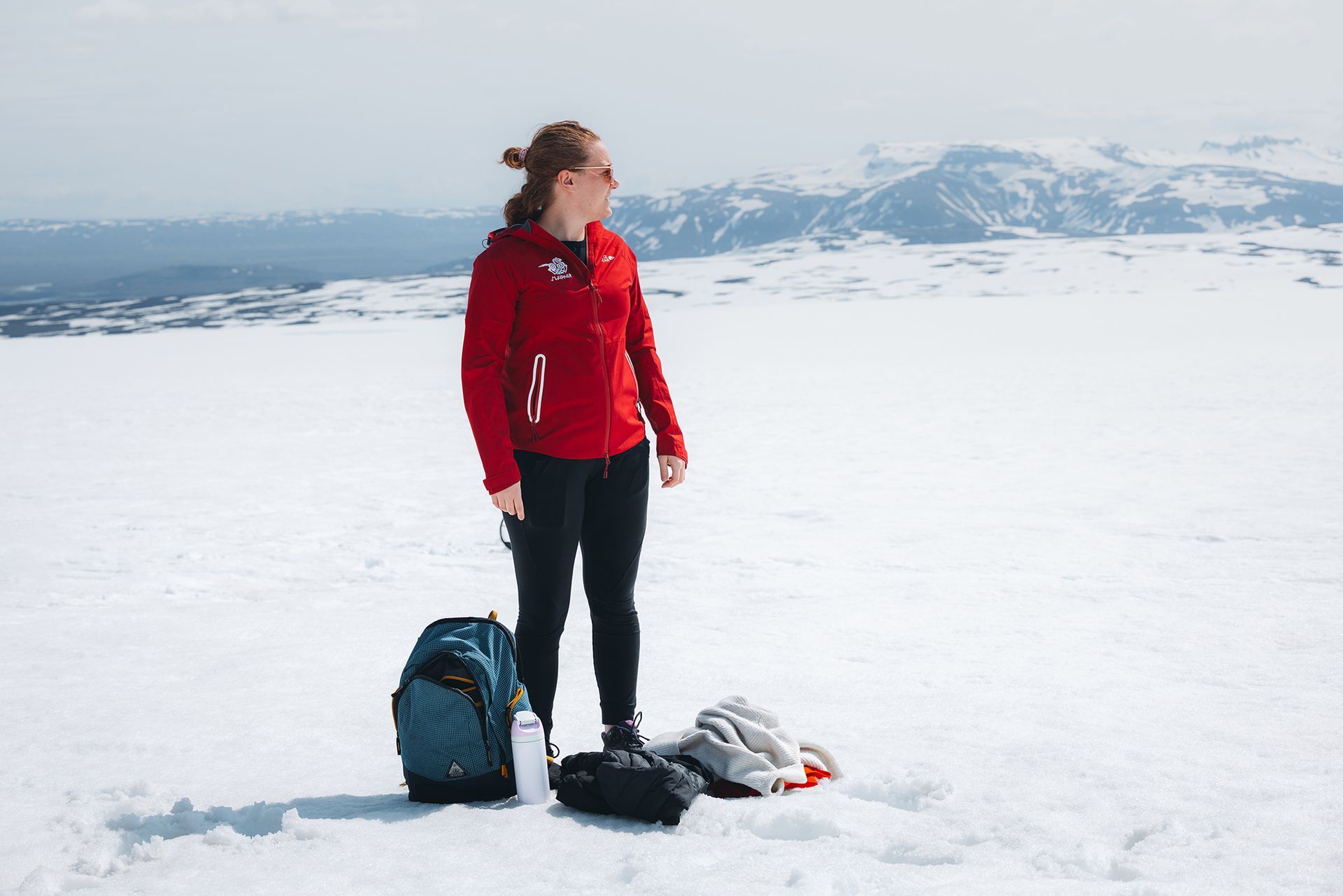
Sunglasses and sunscreen
This one always surprises people. Even in winter, glacier light is no joke. The sun reflects off the snow and ice like it’s trying to prove a point. Icelanders know: snowblindness isn’t just a mountaineer’s problem. Throw a pair of sunglasses in your bag and a small tube of sunscreen in your pocket—especially if you’re touring Langjökull in spring or early summer.
A power bank (but prepare to not need your phone)
Reception out in the Highlands is spotty at best—and that’s part of the charm. Icelanders tend to put the phone away and enjoy the silence, but we still bring a power bank just in case. You’ll want juice for photos, even if you’re just using airplane mode and your camera app. You’d be amazed how quickly batteries drain in the cold.
Toilet paper. Yes, seriously.
You’ll laugh now, but this is gold out there. Even on a guided tour, nature sometimes calls in the middle of nowhere. We keep a roll in a ziplock bag and call it the emergency kit. Wet wipes too, if you’re fancy. Don’t ask us how we know—it’s just good practice.
Optional, but highly recommended: Icelandic chocolate
There’s no scientific reason for this, only emotional truth. A bit of Síríus or Appolo Lakkrís in your pocket can turn a cold, windy moment into something you smile about. Icelanders don’t just hike or travel—we snack our way through it.
Bring some sugar, you’ll see why!
Icelandic Folklore
New Paragraph
Share This Blog Post
